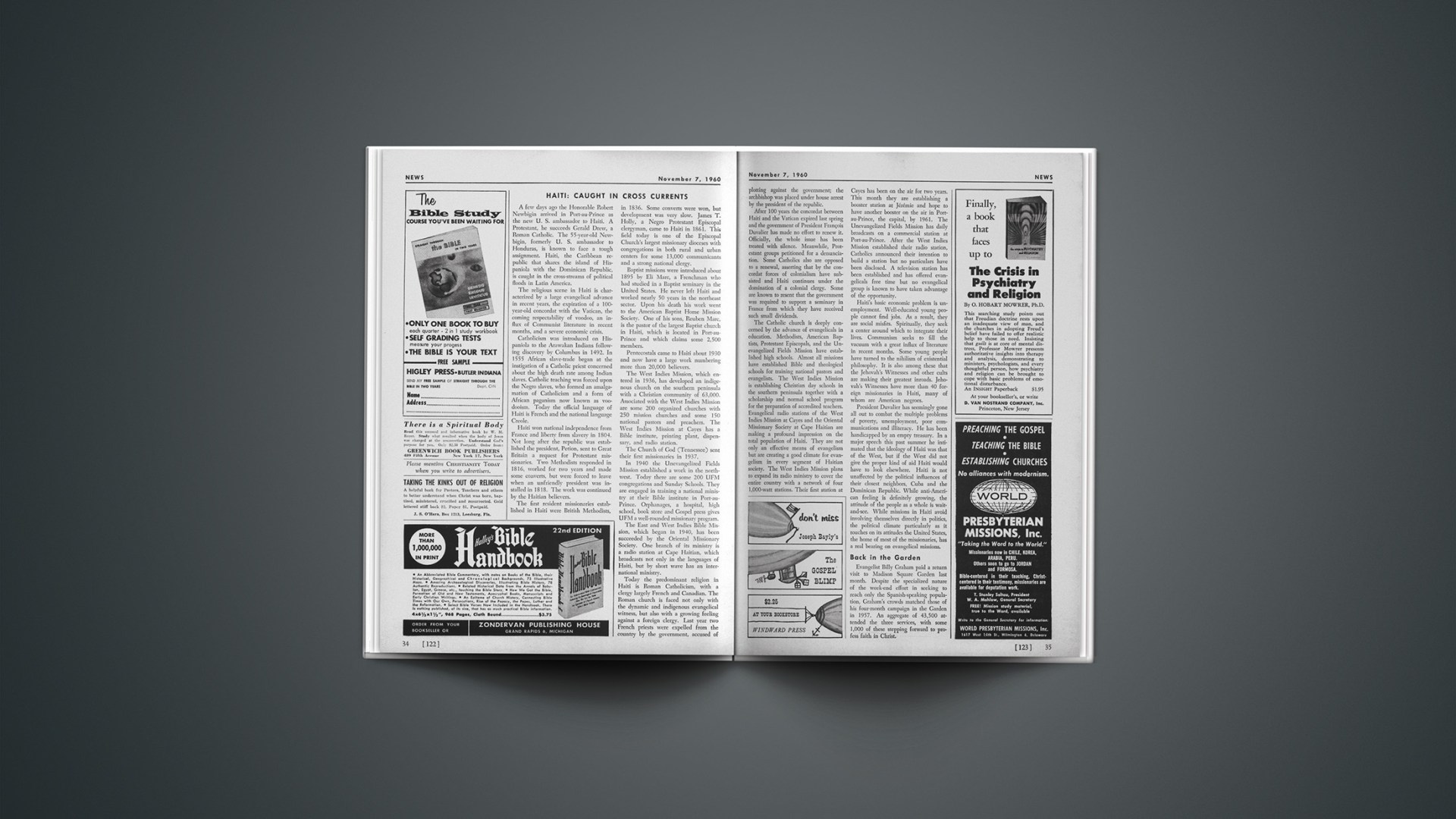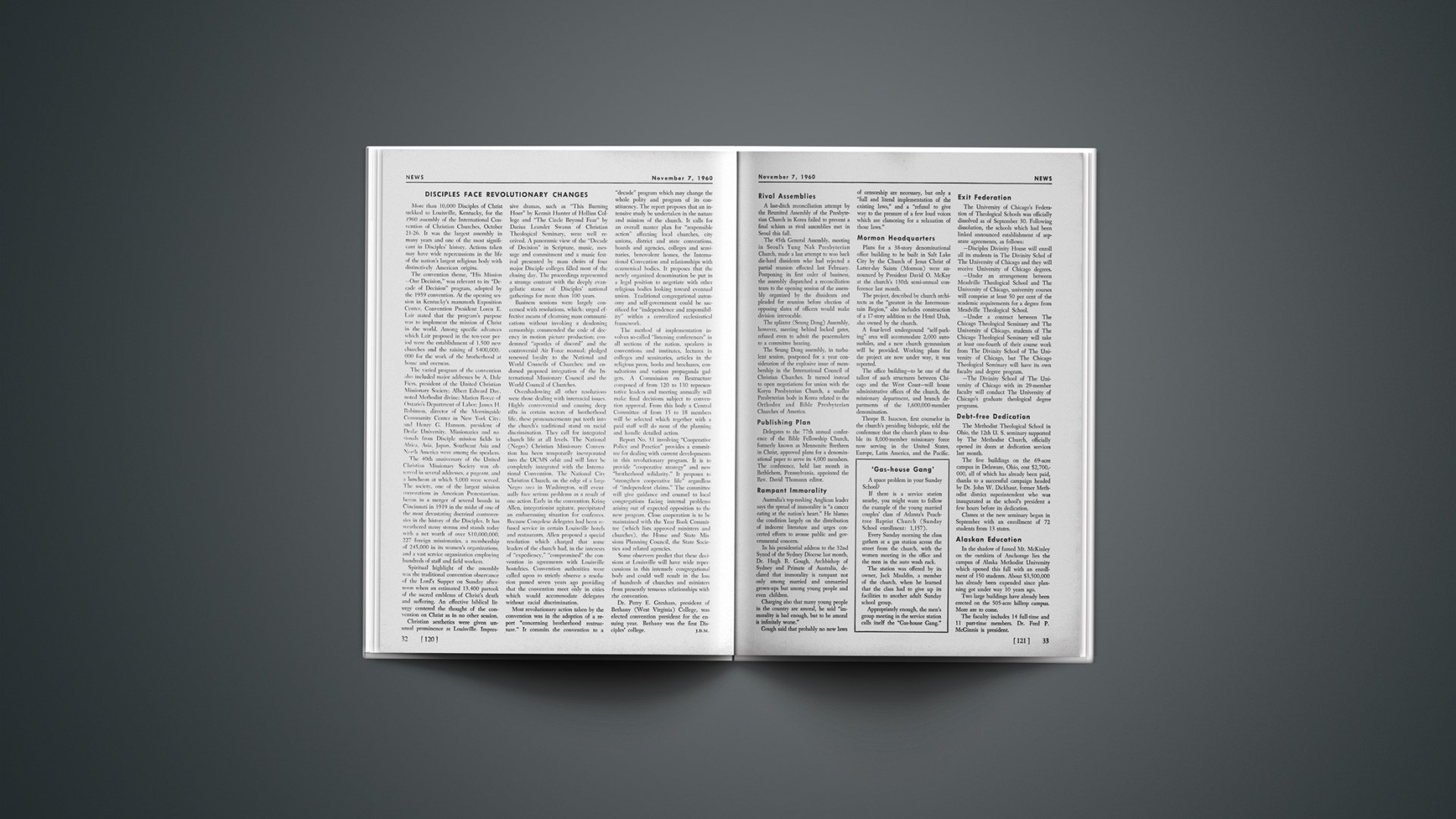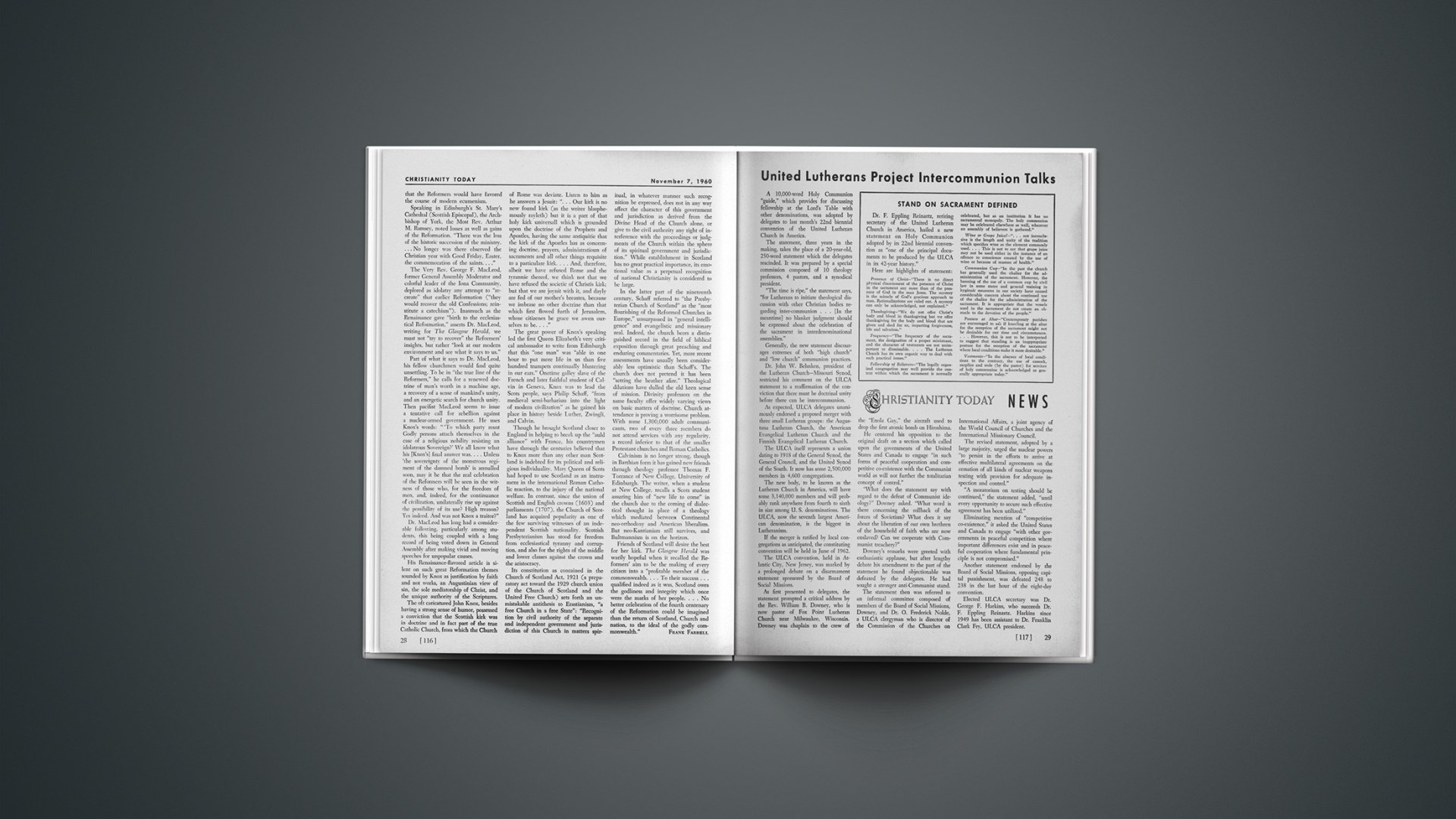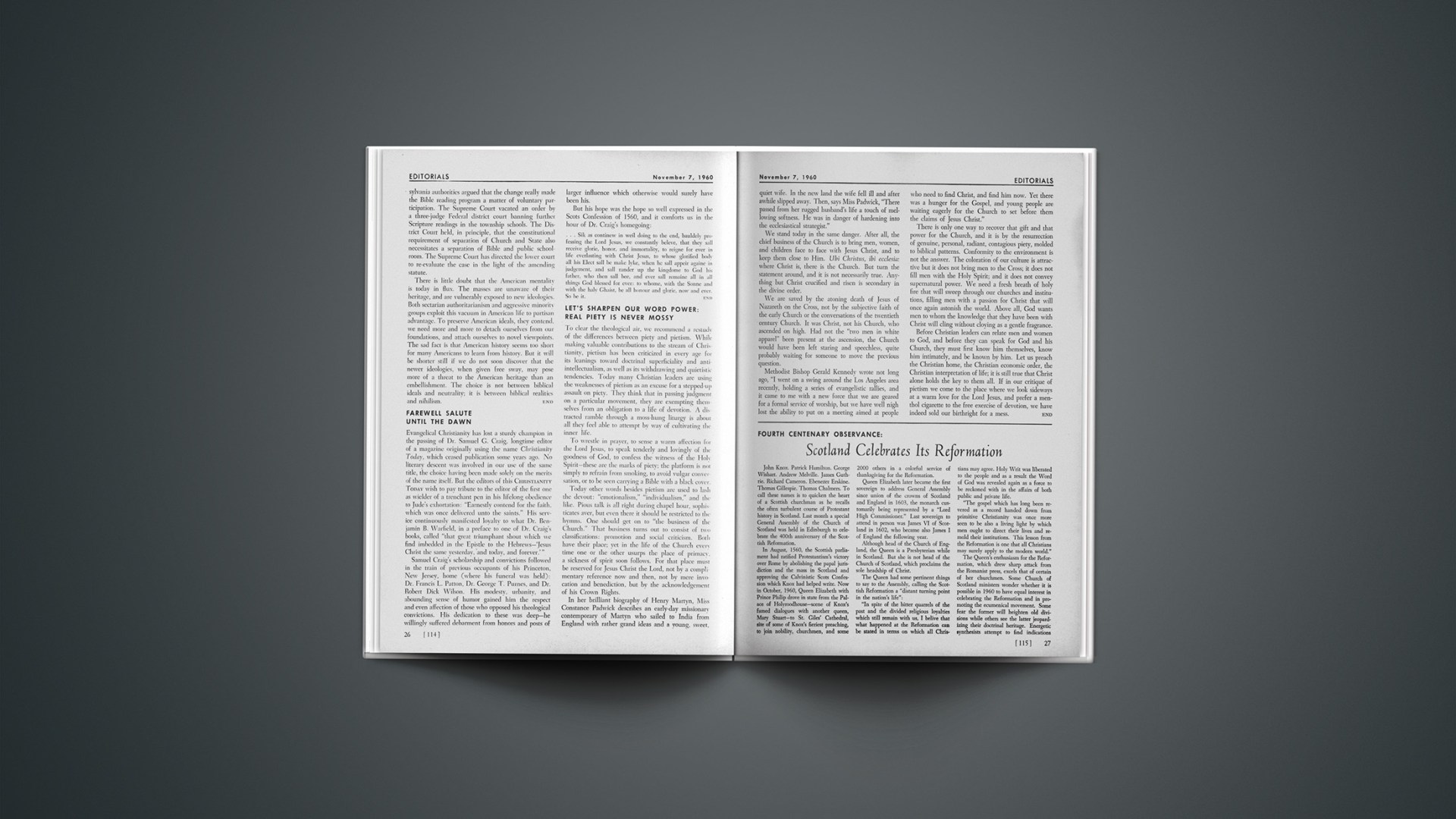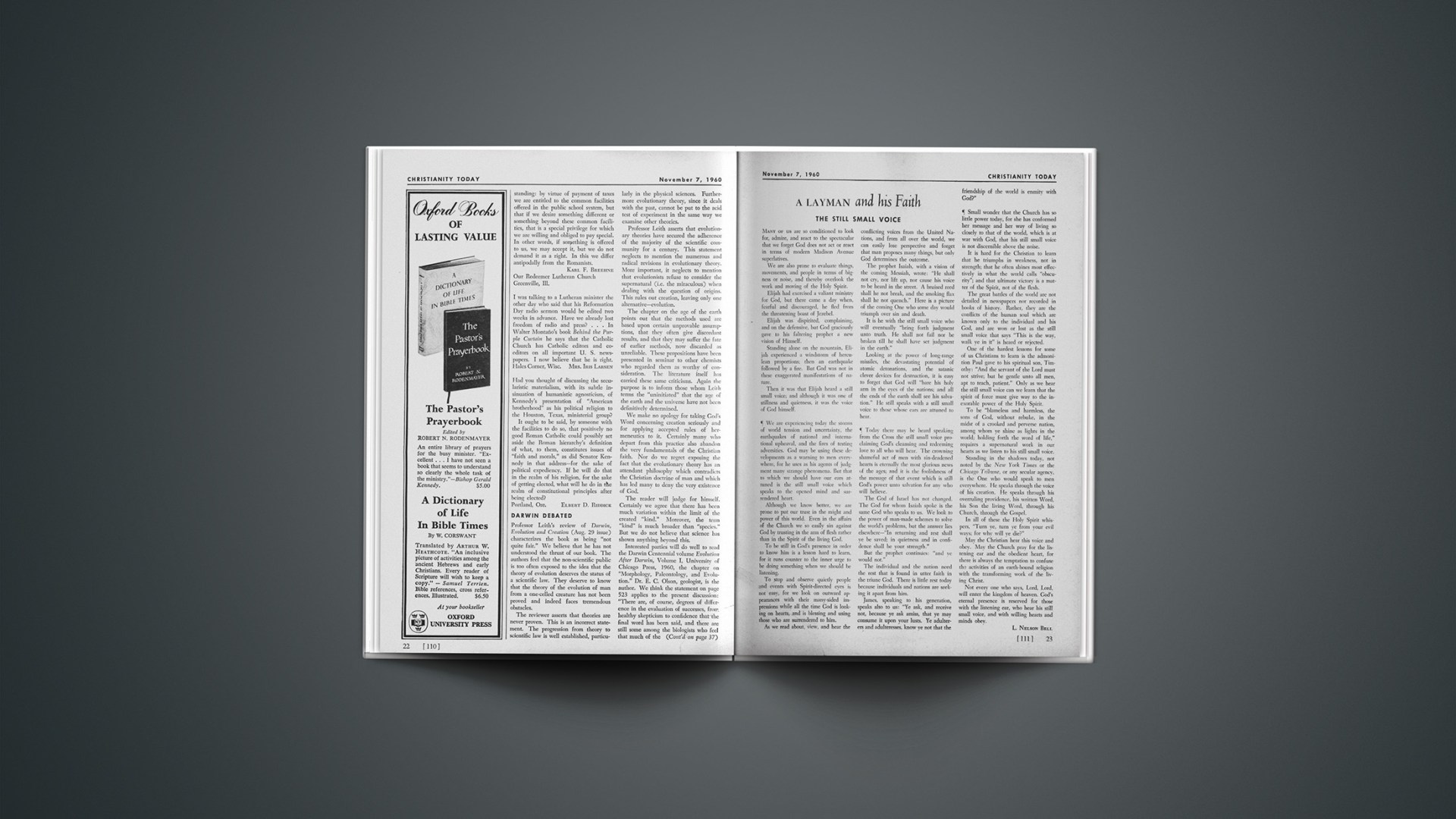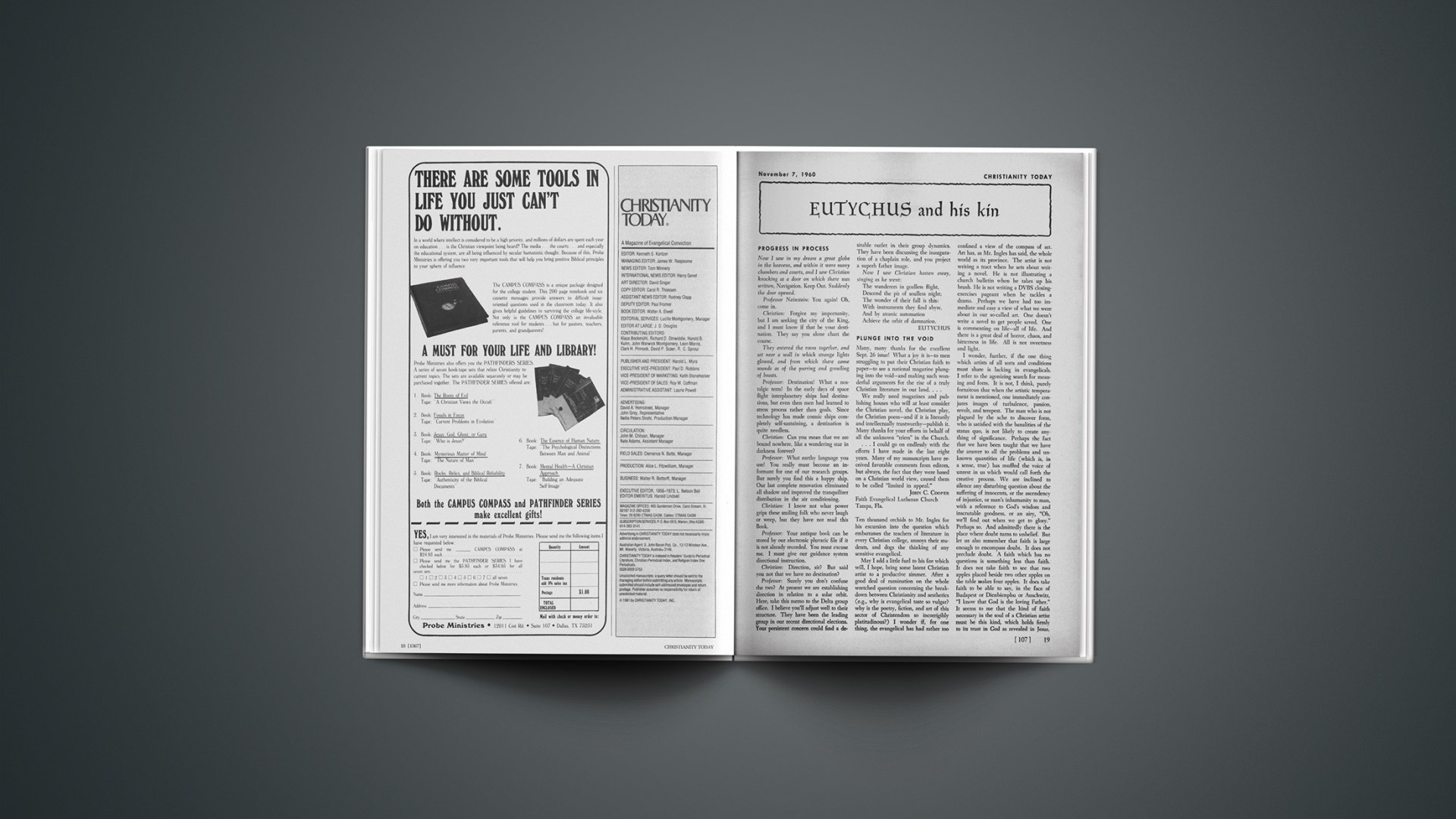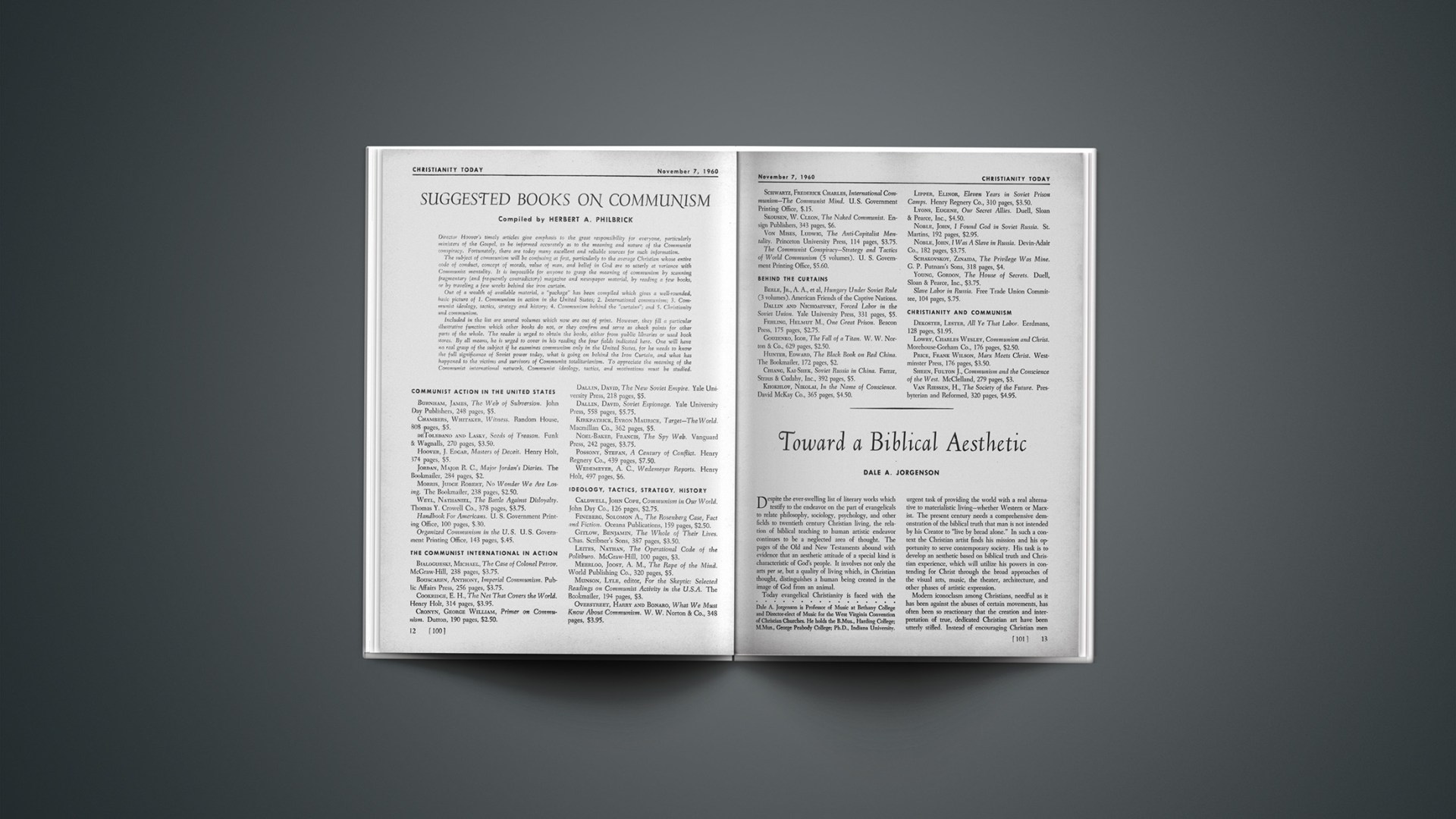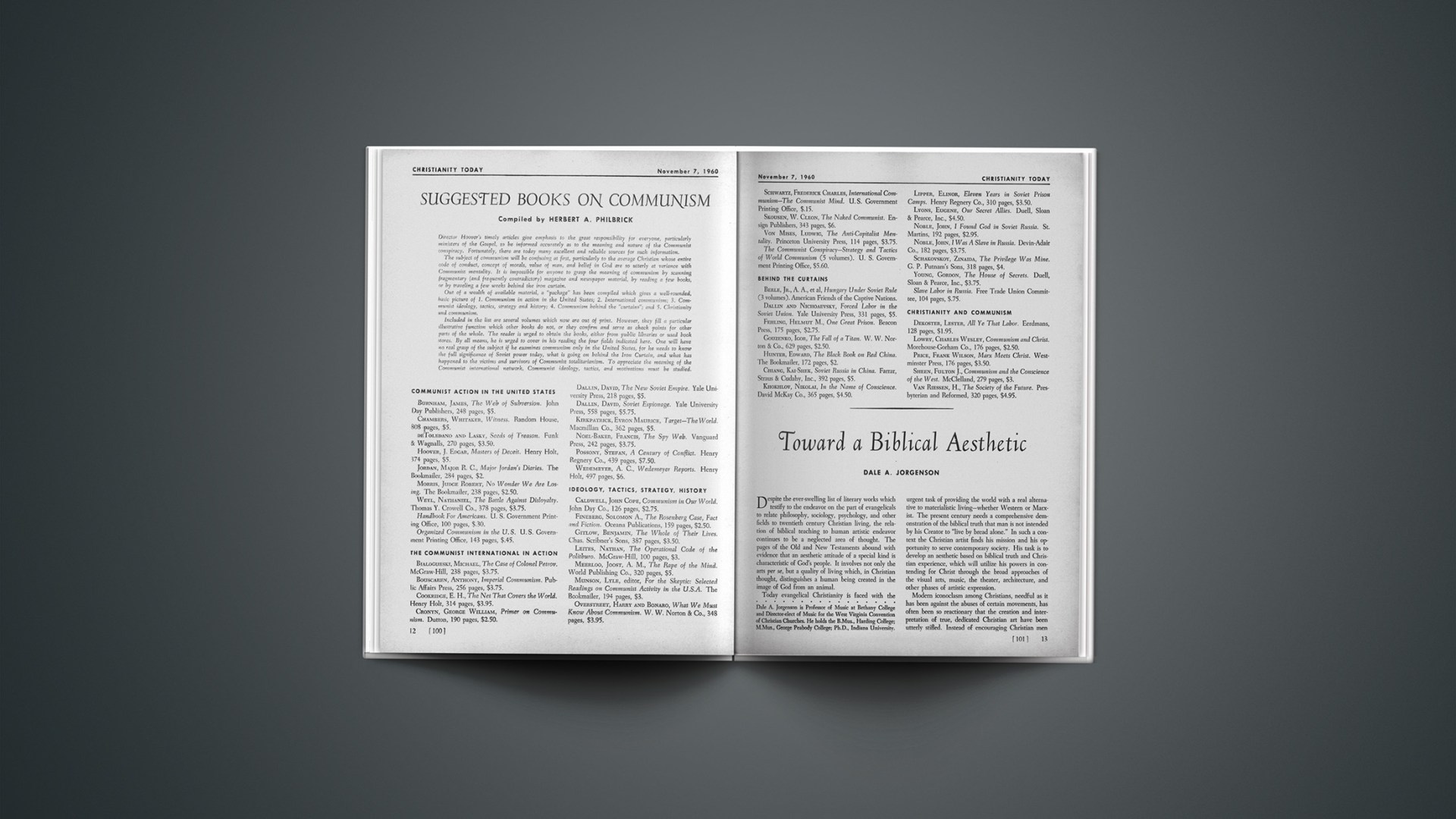A few days ago the Honorable Robert Newbigin arrived in Port-au-Prince as the new U. S. ambassador to Haiti. A Protestant, he succeeds Gerald Drew, a Roman Catholic. The 55-year-old Newbigin, formerly U. S. ambassador to Honduras, is known to face a tough assignment. Haiti, the Caribbean republic that shares the island of Hispaniola with the Dominican Republic, is caught in the cross-streams of political floods in Latin America.
The religious scene in Haiti is characterized by a large evangelical advance in recent years, the expiration of a 100-year-old concordat with the Vatican, the coming respectability of voodoo, an influx of Communist literature in recent months, and a severe economic crisis.
Catholicism was introduced on Hispaniola to the Arawakan Indians following discovery by Columbus in 1492. In 1555 African slave-trade began at the instigation of a Catholic priest concerned about the high death rate among Indian slaves. Catholic teaching was forced upon the Negro slaves, who formed an amalgamation of Catholicism and a form of African paganism now known as voo-dooism. Today the official language of Haiti is French and the national language Creole.
Haiti won national independence from France and liberty from slavery in 1804. Not long after the republic was established the president, Petion, sent to Great Britain a request for Protestant missionaries. Two Methodists responded in 1816, worked for two years and made some converts, but were forced to leave when an unfriendly president was installed in 1818. The work was continued by the Haitian believers.
The first resident missionaries established in Haiti were British Methodists, in 1836. Some converts were won, but development was very slow. James T. Holly, a Negro Protestant Episcopal clergyman, came to Haiti in 1861. This field today is one of the Episcopal Church’s largest missionary dioceses with congregations in both rural and urban centers for some 13,000 communicants and a strong national clergy.
Baptist missions were introduced about 1895 by Eli Marc, a Frenchman who had studied in a Baptist seminary in the United States. He never left Haiti and worked nearly 50 years in the northeast sector. Upon his death his work went to the American Baptist Home Mission Society. One of his sons, Reuben Marc, is the pastor of the largest Baptist church in Haiti, which is located in Port-au-Prince and which claims some 2,500 members.
Pentecostals came to Haiti about 1930 and now have a large work numbering more than 20,000 believers.
The West Indies Mission, which entered in 1936, has developed an indigenous church on the southern peninsula with a Christian community of 63,000. Associated with the West Indies Mission are some 200 organized churches with 250 mission churches and some 150 national pastors and preachers. The West Indies Mission at Cayes has a Bible institute, printing plant, dispensary, and radio station.
The Church of God (Tennessee) sent their first missionaries in 1937.
In 1940 the Unevangelized Fields Mission established a work in the northwest. Today there are some 200 UFM congregations and Sunday Schools. They are engaged in training a national ministry at their Bible institute in Port-au-Prince. Orphanages, a hospital, high school, book store and Gospel press gives UFM a well-rounded missionary program.
The East and West Indies Bible Mission, which began in 1940, has been succeeded by the Oriental Missionary Society. One branch of its ministry is a radio station at Cape Haitian, which broadcasts not only in the languages of Haiti, but by short wave has an international ministry.
Today the predominant religion in Haiti is Roman Catholicism, with a clergy largely French and Canadian. The Roman church is faced not only with the dynamic and indigenous evangelical witness, but also with a growing feeling against a foreign clergy. Last year two French priests were expelled from the country by the government, accused of plotting against the government; the archbishop was placed under house arrest by the president of the republic.
After 100 years the concordat between Haiti and the Vatican expired last spring and the government of President François Duvalier has made no effort to renew it. Officially, the whole issue has been treated with silence. Meanwhile, Protestant groups petitioned for a denunciation. Some Catholics also are opposed to a renewal, asserting that by the concordat forces of colonialism have subsisted and Haiti continues under the domination of a colonial clergy. Some are known to resent that the government was required to support a seminary in France from which they have received such small dividends.
The Catholic church is deeply concerned by the advance of evangelicals in education. Methodists, American Baptists, Protestant Episcopals, and the Unevangelized Fields Mission have established high schools. Almost all missions have established Bible and theological schools for training national pastors and evangelists. The West Indies Mission is establishing Christian day schools in the southern peninsula together with a scholarship and normal school program for the preparation of accredited teachers. Evangelical radio stations of the West Indies Mission at Cayes and the Oriental Missionary Society at Cape Haitian are making a profound impression on the total population of Haiti. They are not only an effective means of evangelism but are creating a good climate for evangelism in every segment of Haitian society. The West Indies Mission plans to expand its radio ministry to cover the entire country with a network of four 1,000-watt stations. Their first station at Cayes has been on the air for two years. This month they are establishing a booster station at Jérémie and hope to have another booster on the air in Portau-Prince, the capital, by 1961. The Unevangelized Fields Mission has daily broadcasts on a commercial station at Port-au-Prince. After the West Indies Mission established their radio station, Catholics announced their intention to build a station but no particulars have been disclosed. A television station has been established and has offered evangelicals free time but no evangelical group is known to have taken advantage of the opportunity.
Haiti’s basic economic problem is unemployment. Well-educated young people cannot find jobs. As a result, they are social misfits. Spiritually, they seek a center around which to integrate their lives. Communism seeks to fill the vacuum with a great influx of literature in recent months. Some young people have turned to the nihilism of existential philosophy. It is also among these that the Jehovah’s Witnesses and other cults are making their greatest inroads. Jehovah’s Witnesses have more than 40 foreign missionaries in Haiti, many of whom are American negroes.
President Duvalier has seemingly gone all out to combat the multiple problems of poverty, unemployment, poor communications and illiteracy. He has been handicapped by an empty treasury. In a major speech this past summer he intimated that the ideology of Haiti was that of the West, but if the West did not give the proper kind of aid Haiti would have to look elsewhere. Haiti is not unaffected by the political influences of their closest neighbors, Cuba and the Dominican Republic. While anti-American feeling is definitely growing, the attitude of the people as a whole is wait-and-see. While missions in Haiti avoid involving themselves directly in politics, the political climate particularly as it touches on its attitudes the United States, the home of most of the missionaries, has a real bearing on evangelical missions.
Back in the Garden
Evangelist Billy Graham paid a return visit to Madison Square Garden last month. Despite the specialized nature of the week-end effort in seeking to reach only the Spanish-speaking population, Graham’s crowds matched those of his four-month campaign in the Garden in 1957. An aggregate of 43,500 attended the three services, with some 1,000 of these stepping forward to profess faith in Christ.

